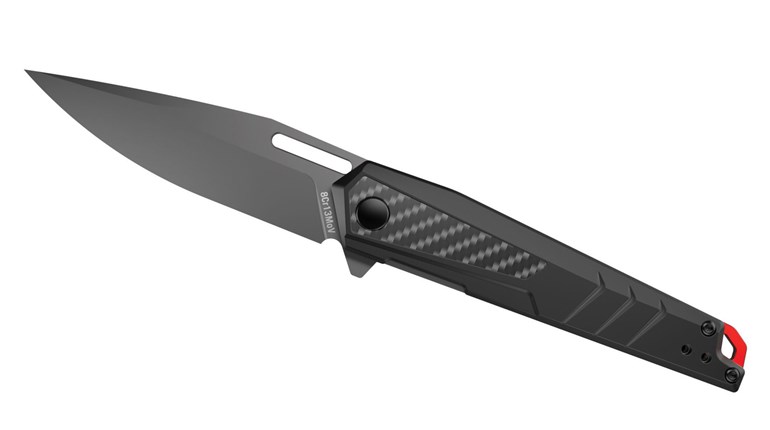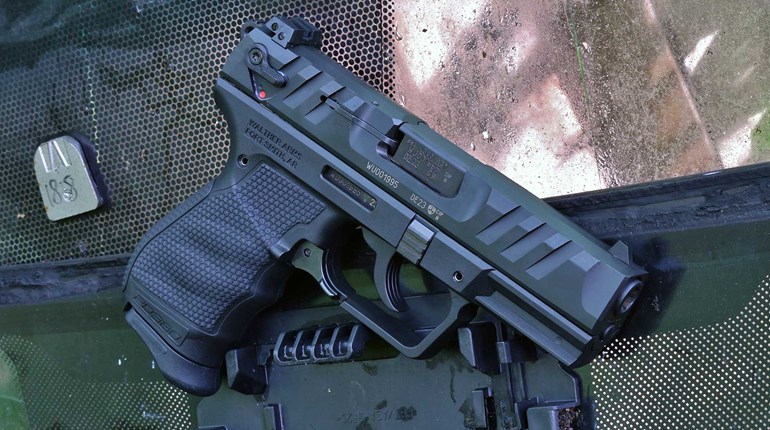
My friends tend to laugh at me for the things that I let bother me. For too long, one of these things was trying to find an easy, reliable way to sharpen a knife, especially in the field. I was never good with a sharpening stone, so I didn’t like the idea of carrying one on a hunt. Other more complicated systems usually left me with a blade that was duller than when I began. Finally finding Buck Knives’ EdgeTek Ultra FlipStik was a beautiful and liberating discovery.
The sharpener is a three-sided rod that breaks down into an ultra-light, 5-inch, hard plastic carrying tube. The rod’s surface is diamond-coated with coarse, medium and fine sides available to suit all needs. Not only is the package so convenient to carry that you forget about it even in a pants pocket, but it is the easiest and most effective system that I’ve ever used.
To sharpen your knife, you simply sweep your blade across the desired side of the rod as if you were trying to cut thin slices of material from the rod itself. The appropriate angle usually leaves the back of the blade approximately 1/8 of an inch above the rod. Doing this to both sides of the blade gives you a razor sharp knife in record time. In light of the fact that many knife uses are in extremely remote areas, a mistake with a knife can instantly turn into a matter of life or death.
If the blade is exceptionally dull, you will want to start with the coarse side and progress to the fine side. An additional convenience associated with this package is that you do not need to use oil with it. You can use it dry, but you should try to clean it with water after each sharpening to clear residual metal from the blade. Avoid using too much pressure on the knife as each pass of the blade is made. Keeping it light and relaxed is the right approach.
One excellent trick that I picked up from C.J. Buck, president and CEO of Buck Knives, involves using a felt marker to color the edge of the knife. Your goal is to sharpen the marker color off of the blade. If only a portion of the color is being removed, it will provide the clue necessary to make corrections. For instance, if after a few passes of the blade only the color away from the knife edge is being removed, your blade is running too close to the rod. Increase the angle until you begin to remove all of the color left by the marker.
As C.J. says, “One of the most dangerous knives in the field is a dull knife.” He explains that this is because the process of forcing a dull knife through something that is difficult to cut, like an elk hide, creates some fairly wild motions of the hands and arms. This can result in cutting yourself or someone else. In light of the fact that many knife uses are in extremely remote areas, a mistake with a knife can instantly turn into a matter of life or death. Clearly, having a means to effectively sharpen a knife is pretty serious business.
Then there are those of us who carry a knife for utility and as a potential means of self-defense. The importance of a sharp blade for this latter purpose should be clear. There is just no good reason to carry a dull knife, and the Ultra FlipStik has definitely eliminated any of the excuses that I might have had in the past.


































